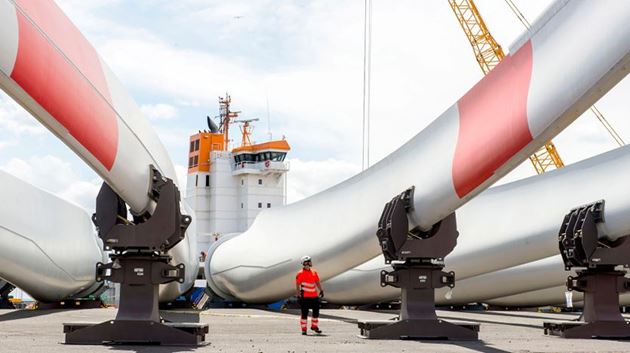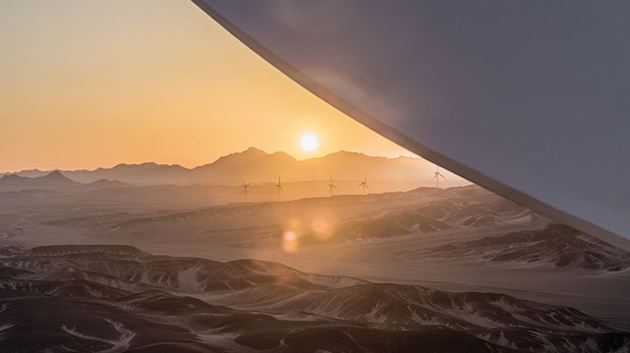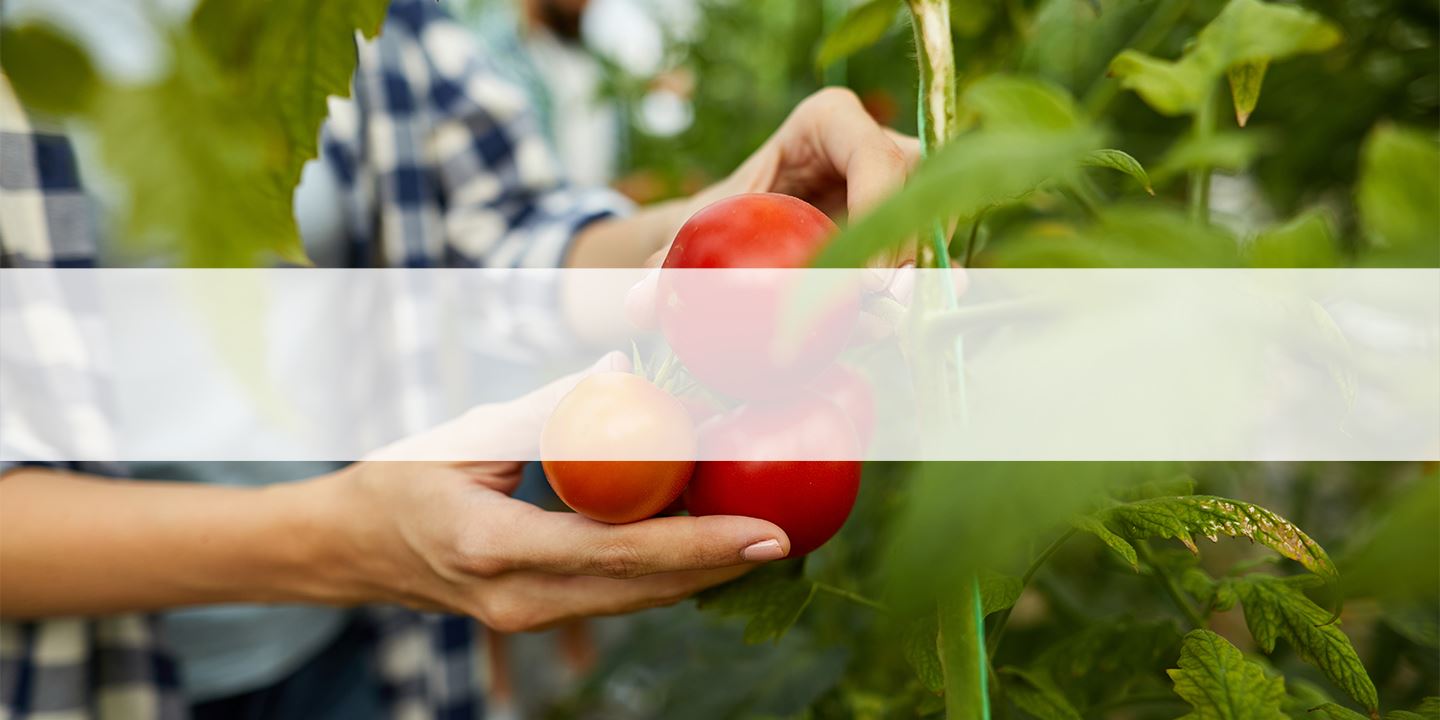
Throwing rotten tomatoes at the green wind industry
London / 23 January 2023
The green wind industry is sometimes criticized, rather unjustly, for being not as green as it portrays. Critics – almost exclusively those with vested interests – cite that the construction of a turbine, a process using just eight materials, not only utilizes single-use materials, but furthermore creates tons of CO2 emissions. “The exact thing that these turbines are supposed to be protecting us from!” they shout.
Some of this criticism is justified, most is not. The critics keep launching attacks, like a rowdy audience throwing rotten tomatoes at a bad performer. However, taking a longer view of things reveals some perspective that changes things dramatically.
The wind industry is roughly 45 years old – less than twice the age of Google. Some people that began their working lives in wind power start-up organizations are still in the industry. Over that time, change has been rapid – almost exponential. Turbines have gone from being rated in Kilowatts (Kw) – the first Bonus wind turbine was rated at 22 Kw – to being rated in Megawatts (a thousand Kw being 1 Mw). Siemens Gamesa’s current flagship model produces 14Mw, enough for a single turn of its rotor to power your Tesla automobile for around 250 kilometers. One of these giant machines does the work of over 636 of the original Bonus turbines.
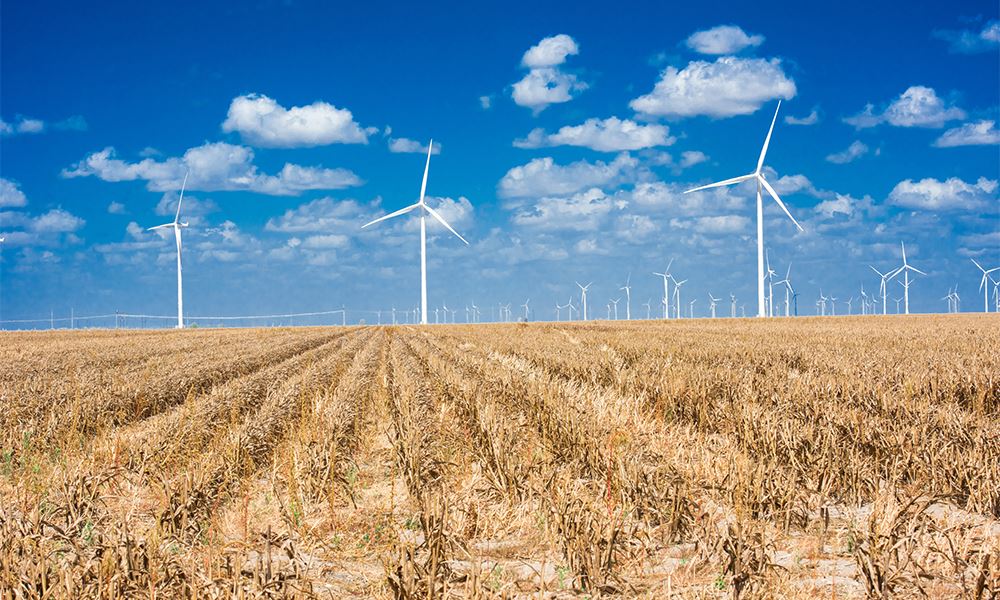
That 45 years has not been wasted; since the production of the first turbines, a great deal of effort – energy, you might say – has gone in to making a virtuous circle so that the green energy produced is produced without cost to the planet.
Currently, Siemens Gamesa turbines are above 95% fully recyclable; the materials and components used can be recycled into products that have a second life, saving further raw material extraction from the planet’s finite resources. The date for 100% recyclability of each Siemens Gamesa turbine is set for 2040, though it seems highly likely that this will be achieved early.
“But… but CO2!” the critics scream.
It is true that CO2 is produced in the production process – turbines are fabricated from steel, aluminum, glass fiber, epoxy resin among other materials. These green wind industry production processes inevitably require energy, and a proportion of this creates CO2 in the generation of that energy.
From green to red – the wrong way around
Here we should examine the humble Lycopersicon esculentum, or tomato.
A native of Central and South America, the tomato was discovered by Cortez in 1519. Seeds from plants found growing in Montezuma’s gardens were brought back to Europe and the plants cultivated. Initially prized for their exotic looks, they were discovered to be useful as more than something beautiful to look at, and their popularity spread from country to country (any analogy here with the spread of wind power is entirely intentional).
Individuals might not like tomatoes, but countries do. Germany loves its tomatoes. In the year 2020/21, Germany consumed 2.6 million tons of fresh tomatoes. That’s 2.64 billion kilos of the savory fruit.
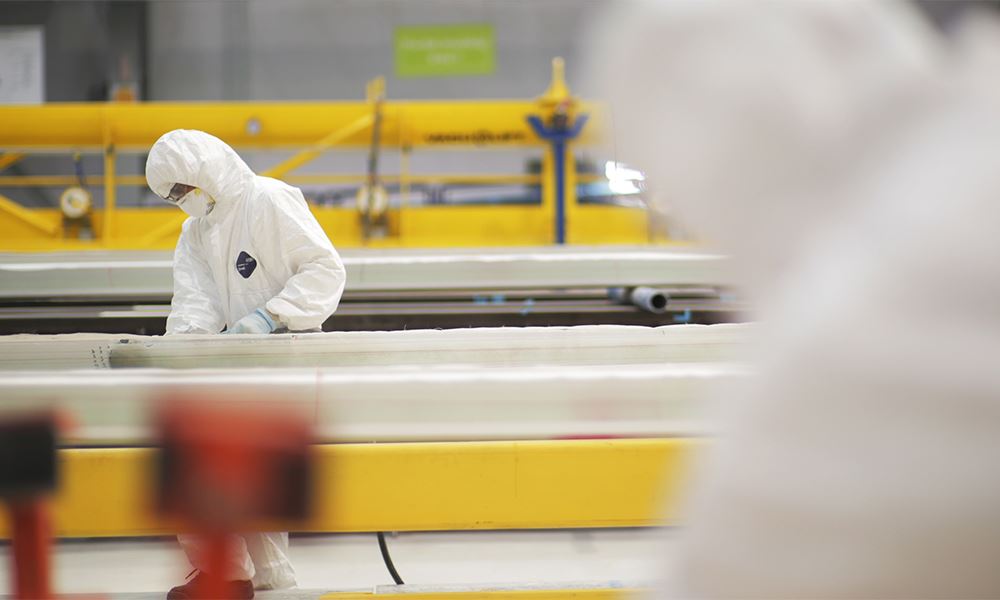
Each 150g tomato (that’s 6.66 tomatoes in each kilo) costs 0.32 of a kilo of CO2 to grow to ripeness. So, every kilo of tomatoes grown costs the planet 2.13 kilos in CO2. In Germany in 2021, the CO2 emissions created in growing tomatoes exceeded those of all of the new wind turbine installations.
Do we call for tomato growing to cease? We do not. And while we do not, while we continue to enjoy our tomatoes, we need to grasp every opportunity to mitigate the 0.32 kg of CO2 per fruit. And that is before we start to mitigate the emissions of other foodstuffs; beef costs around 70 times more CO2 per kilo than tomatoes.
When a tomato is green, the time is not yet right to use it. When an industry is green, the time is exactly right to use it.
